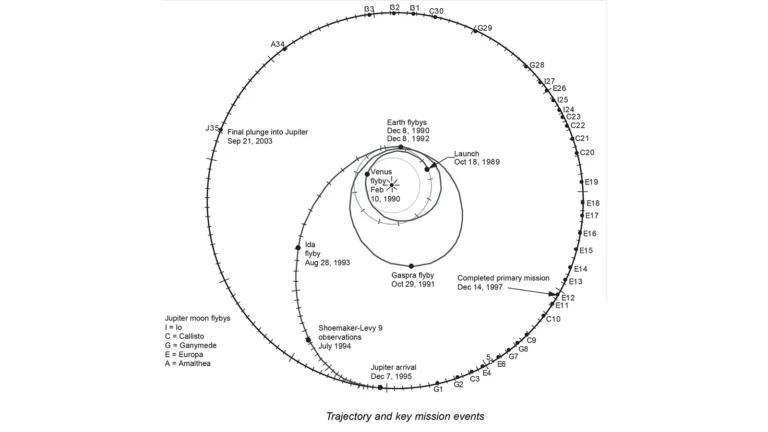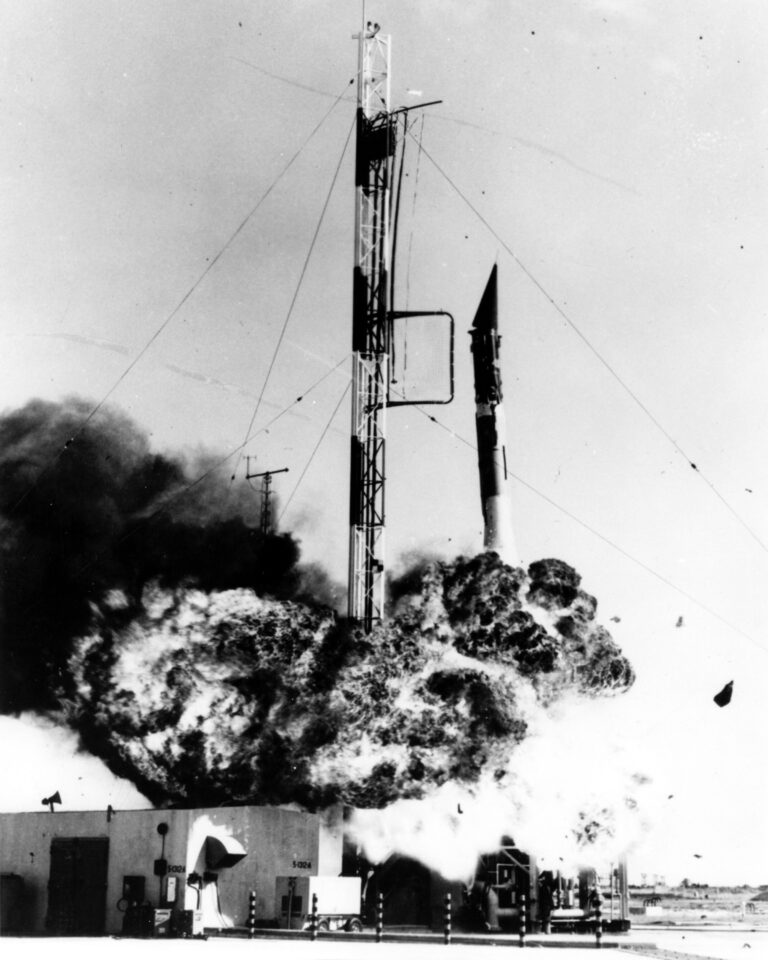Key Takeaways:
- Percival Lowell initiated a 25-year quest for a theoretical "Planet X" in the early 20th century, prompted by apparent orbital irregularities of Uranus, publishing his initial thoughts in 1903.
- Lowell's early efforts (1905-1916) involved mathematical calculations to pinpoint likely locations and subsequent photographic surveys, which saw improvements in telescopic equipment and culminated in his 1915 "Memoir on a Trans-Neptunian Planet."
- Following Lowell's death, the search resumed in 1927 under Roger Lowell Putnam, who oversaw the acquisition of a new 13-inch astrograph and the hiring of Clyde Tombaugh in 1929.
- Clyde Tombaugh's systematic examination of the sky regions indicated by Lowell ultimately led to his discovery of Pluto on February 18, 1930, concluding the long-standing search at Lowell Observatory.
Since Neptune’s discovery in 1846, several astronomers had suggested the existence of yet another planet based on apparent irregularities in the orbit of Uranus. Lowell began expressing his own views about this theoretical planet in his 1903 book, The Solar System, taken from a series of lectures he had presented the previous year at MIT.
These first passages by Lowell were brief but mark the beginnings of what would turn into his passionate quest to find the planet he eventually referred to as “X.” He would not live to see his vision realized, but he laid the groundwork for Tombaugh’s eventual discovery.
The first phase of Percival Lowell’s hunt for Planet X ran from 1905 to 1909. He referred to the effort as “The Invariable Plane Search.” Lowell and his small team of “computers” — led by head computer Elizabeth Williams — carried out a series of calculations based on the observed perturbations of Uranus, pinpointing likely locations for the new planet. Lowell then photographed these areas with his 24-inch Clark telescope. When he realized this instrument was inadequate for the search because of its small field of view, he purchased a new 5-inch Brashear telescope to continue the work.
In 1910, Lowell escalated his search after his former colleague-turned rival William H. Pickering published an orbit and position of a theoretical trans-Neptunian planet. Lowell now saw his search as a race to beat Pickering and other would-be planet discoverers to the punch. From 1910 through his death in 1916, he spent significant hours on this second phase of his quest.
Lowell redoubled his mathematical efforts by incorporating the latest technology, including a Millionaire calculating machine that is still on display at Lowell Observatory. He also borrowed a 9-inch telescope from Swarthmore College’s Sproul Observatory, a vast improvement over the 5-inch Brashear. With new calculations and improved equipment, Lowell estimated locations of Planet X and published his findings in the 1915 Lowell Observatory publication, Memoir on a Trans-Neptunian Planet. Unfortunately, Lowell died the following year, before he had a chance to complete a photographic search in the targeted area of the sky.
Eleven years after Lowell’s death, the final phase of the Observatory’s search for Planet X commenced when Roger Lowell Putnam, Percival’s nephew, became the observatory’s sole trustee. One of his top priorities was to resume the search for Planet X and prove Lowell’s predictions.
Abbott Lawrence Lowell, Percival’s younger brother and president of Harvard University, gave $10,000 for the construction of a new telescope, a 13-inch photographic instrument usually referred to as an astrograph. To operate the telescope, director V.M. Slipher hired a young man from Kansas of “the self-made type,” Clyde Tombaugh.
Tombaugh arrived in Flagstaff in 1929 and soon took over the systematic search for Planet X, examining the area of sky Lowell had indicated in Memoir on a Trans-Neptunian Planet. The 13-inch telescope was ideal for the search, and Tombaugh had the patience and attention to detail necessary for the work. On February 18, 1930, he discovered what would soon be named Pluto, completing the search begun by Percival Lowell 25 years earlier. Later evidence showed that Pluto could not, in fact, be Lowell’s theoretical Planet X but was instead another planetary body that happened to be in the area. But that’s a story for another day.
Kevin Schindler is a science writer at Lowell Observatory in Flagstaff, Arizona.









